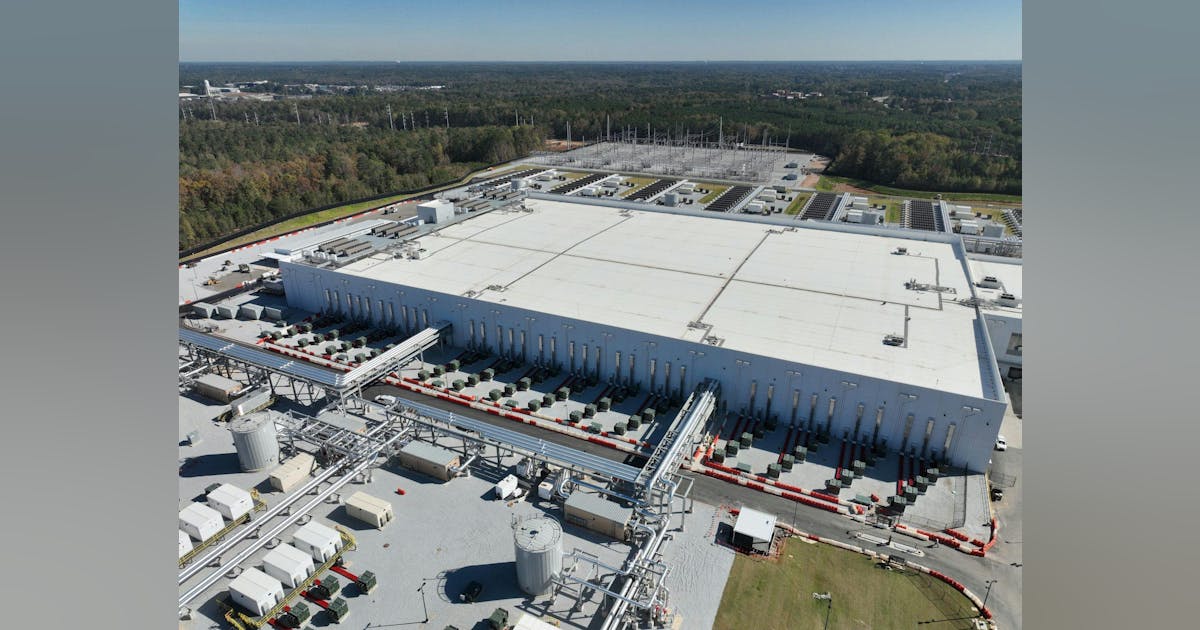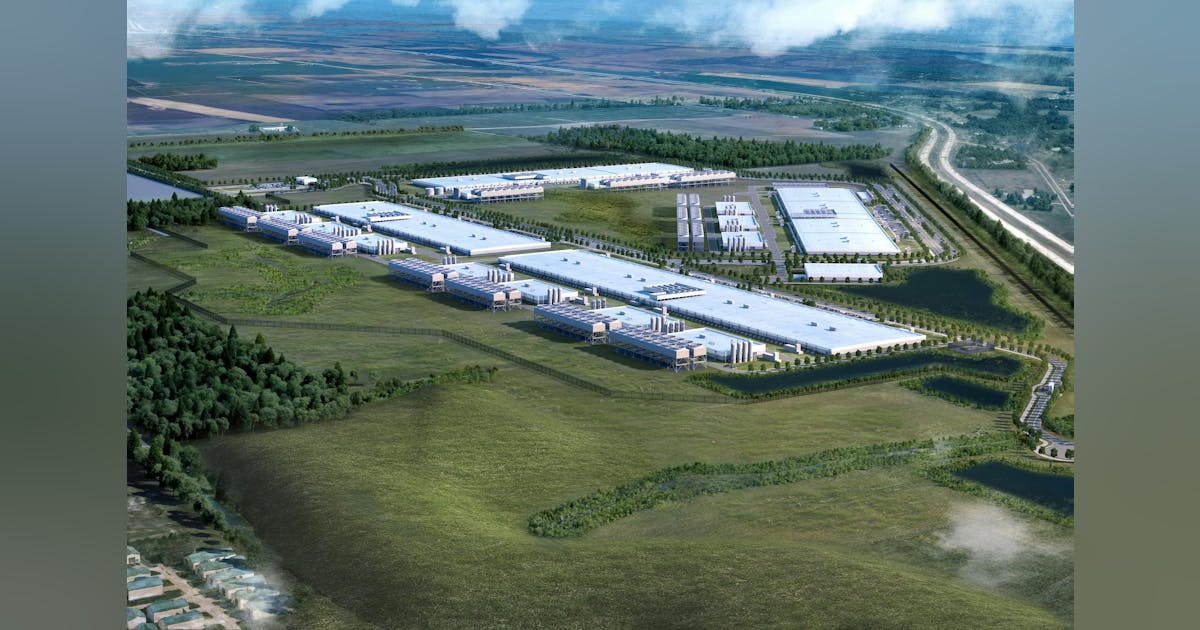
Data and control plane differentiation
AWS has typically faced DNS issues that affect the control plane, the management layer that decides how traffic should be directed, and not the data plane. The data plane is the other layer that carries out those instructions by actually delivering DNS queries to their destination.
“In big AWS incidents, the DNS data plane usually stays up, i.e., you might still have a running infrastructure, but the control plane in US East can stall, which means you can’t update DNS fast enough to reroute traffic, and that’s the real failure point,” said HFS Research’s associate practice leader Akshat Tyagi.
“The new feature aims to fix that gap. It provides a hardened, multi-region control path that ensures key APIs like ‘ChangeResourceRecordSets’ stay available within a guaranteed 60-minute recovery window. This means enterprises can redirect users to backup regions, switch to standby endpoints, or cut over to a disaster-recovery setup without waiting for AWS to recover,” Tyagi added.
US East region is a bottleneck for AWS
The US East (Northern Virginia) region has continued to be a major architectural chokepoint for AWS.
“The control plane for many global AWS services has historically depended on that region in Northern Virginia. When that region shakes, everyone feels the ripples,” Tyagi said.
The analyst also warned that the new feature might not be enough to stop the fallout of future outages, although it fixes one of several critical gaps.






















